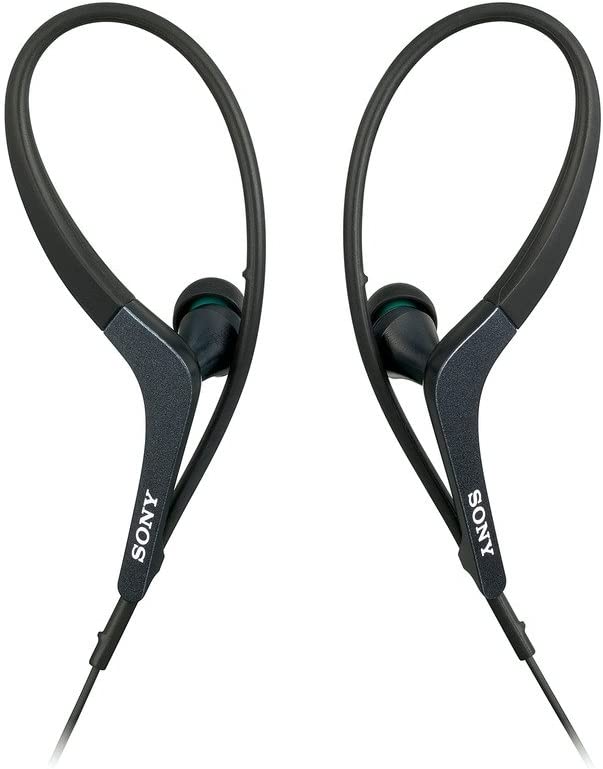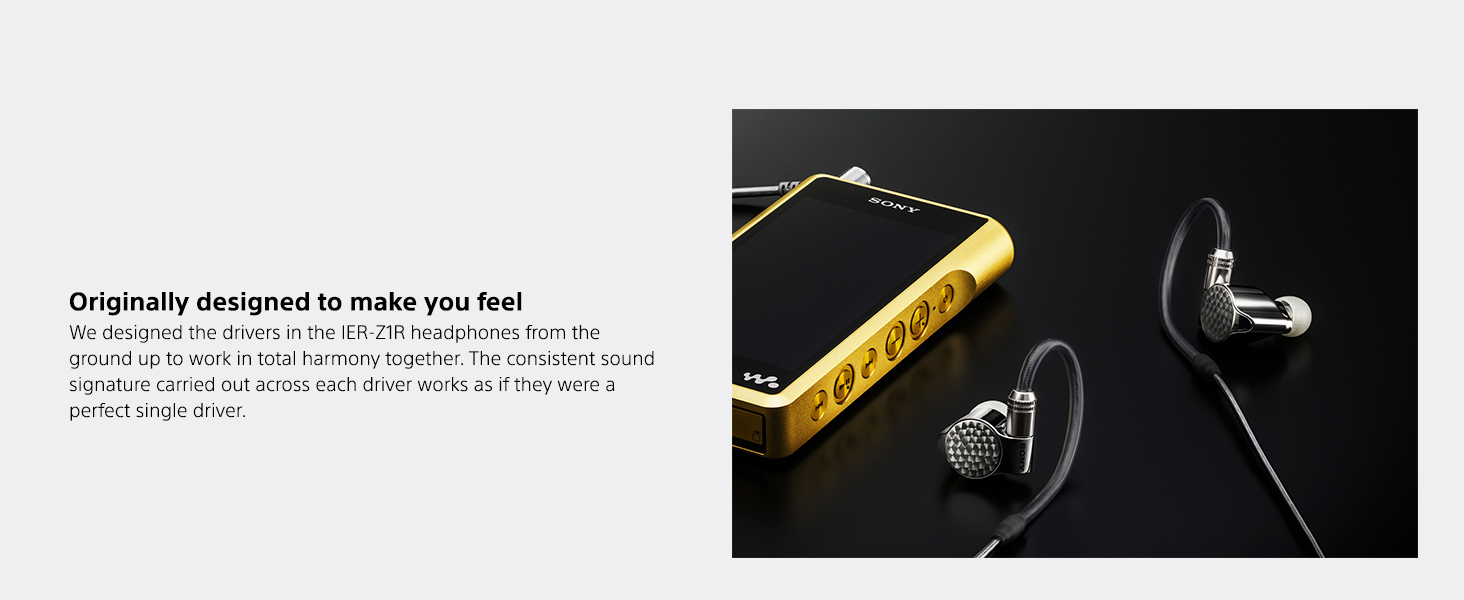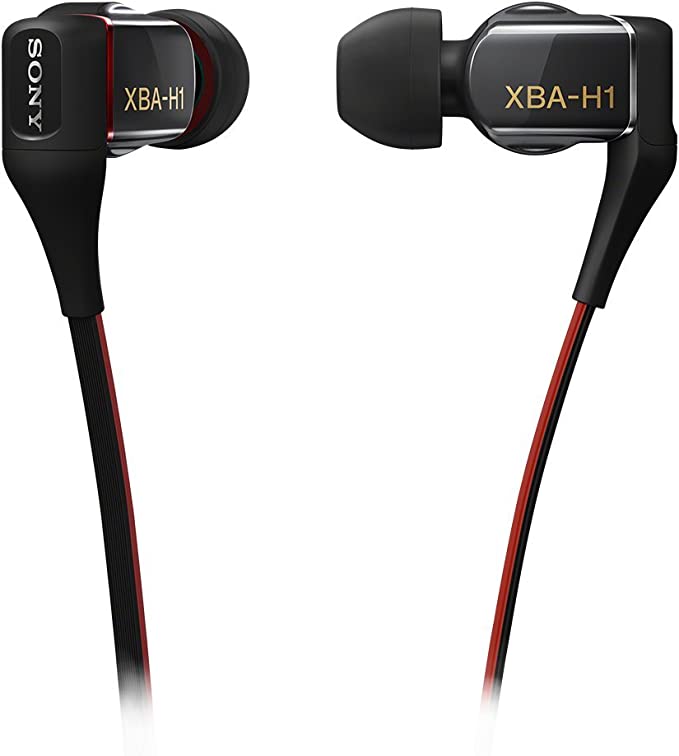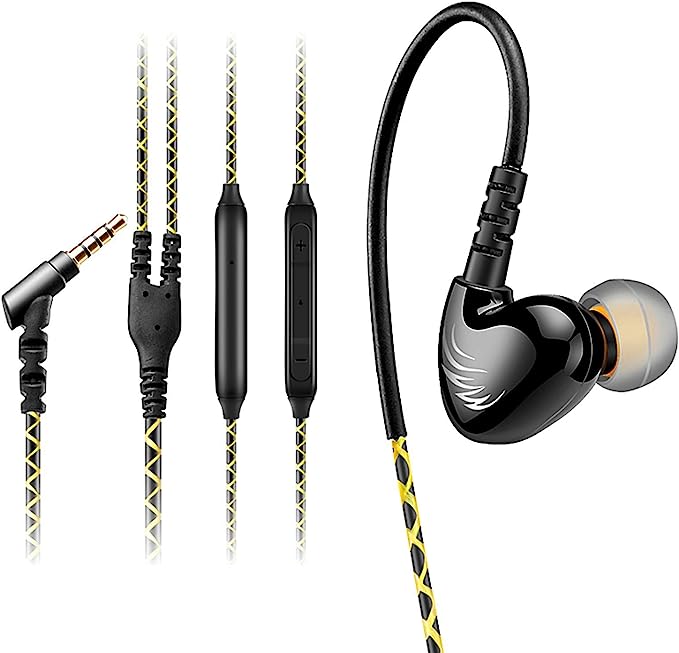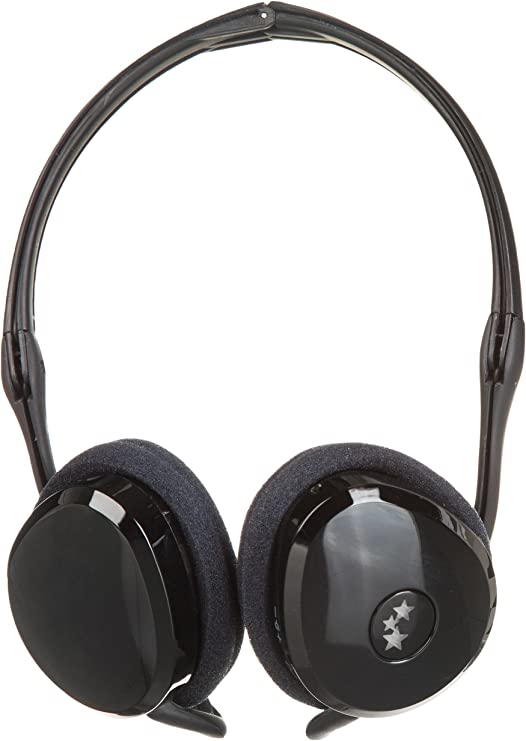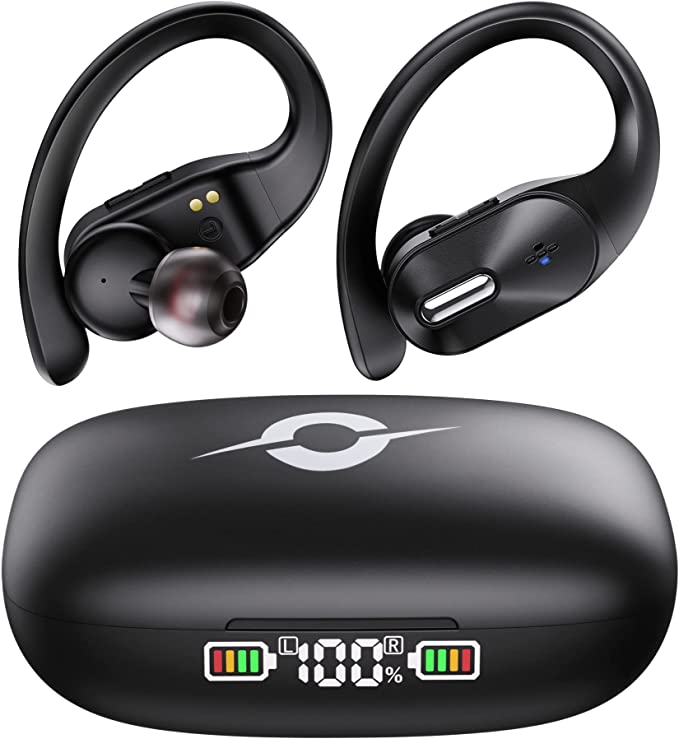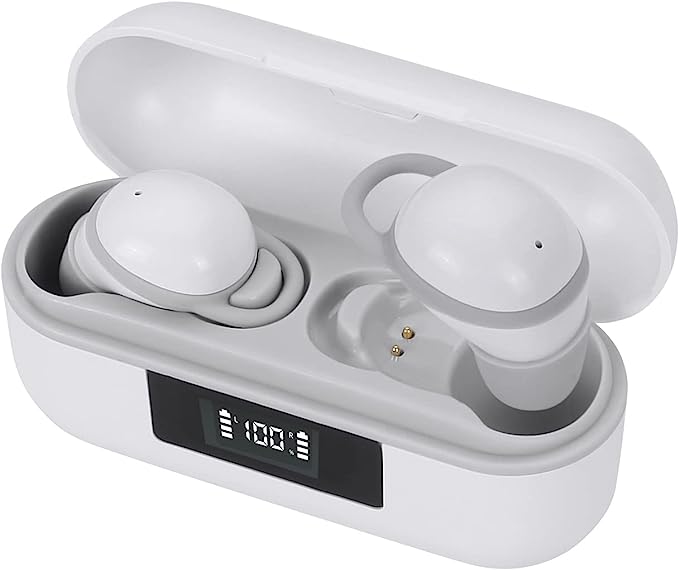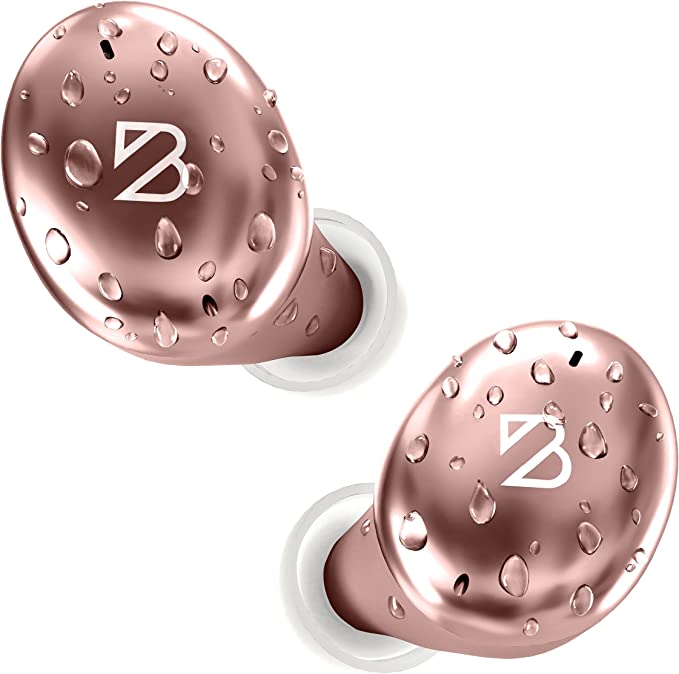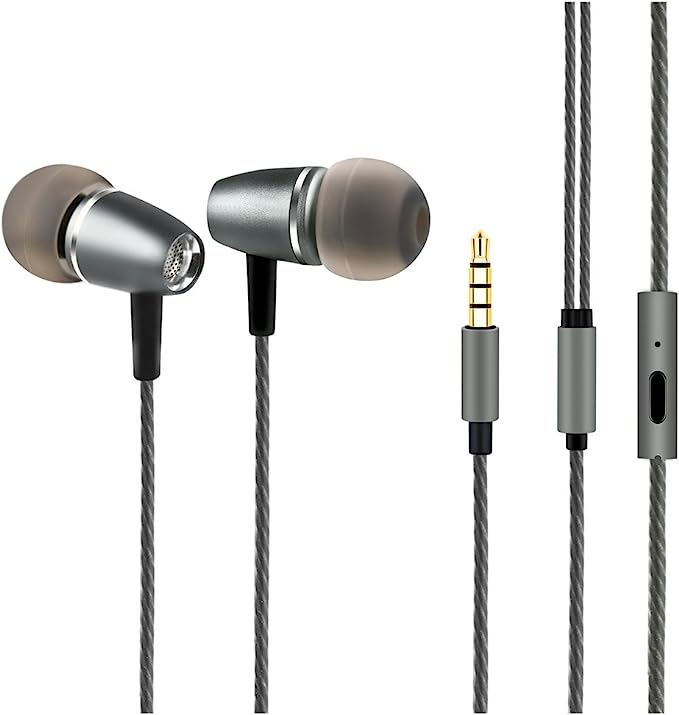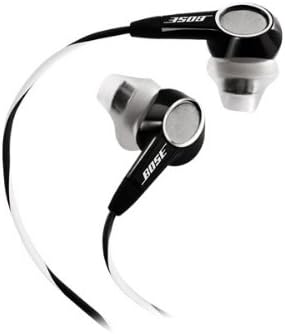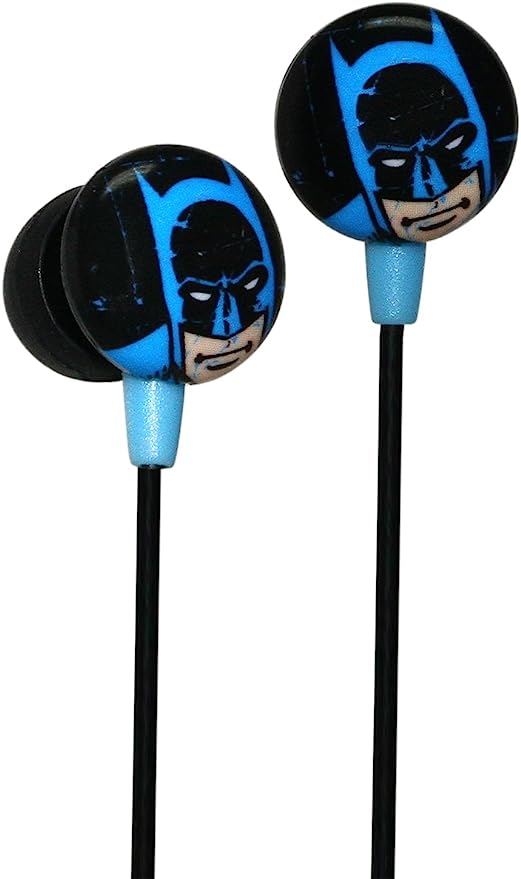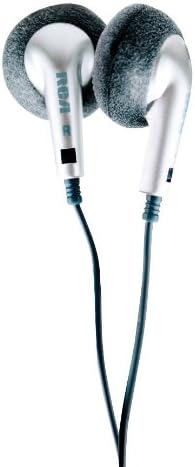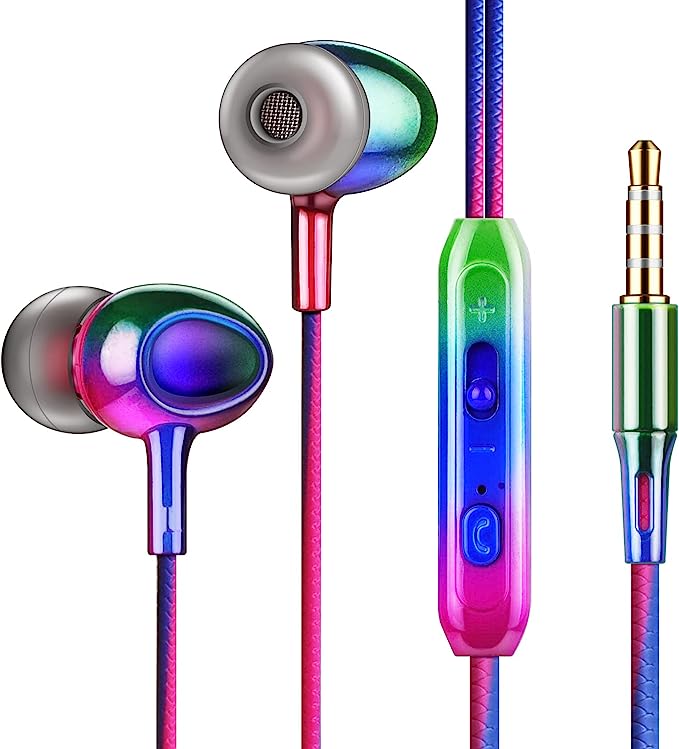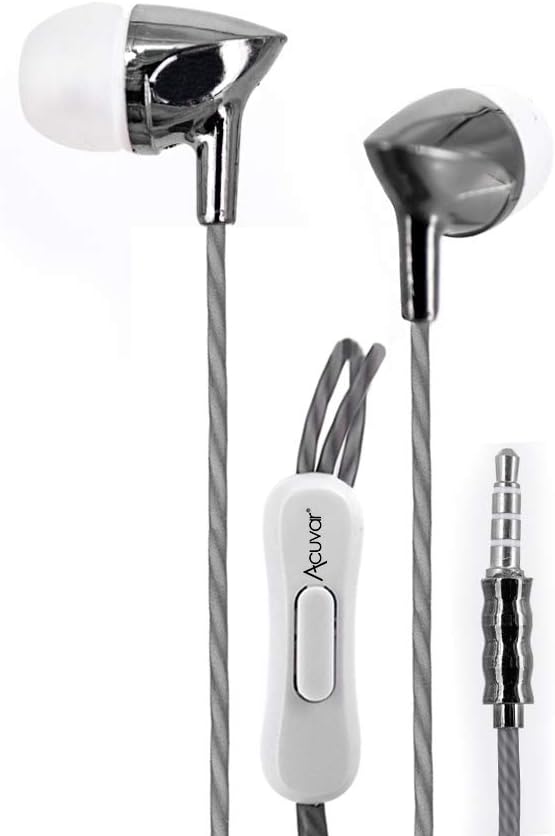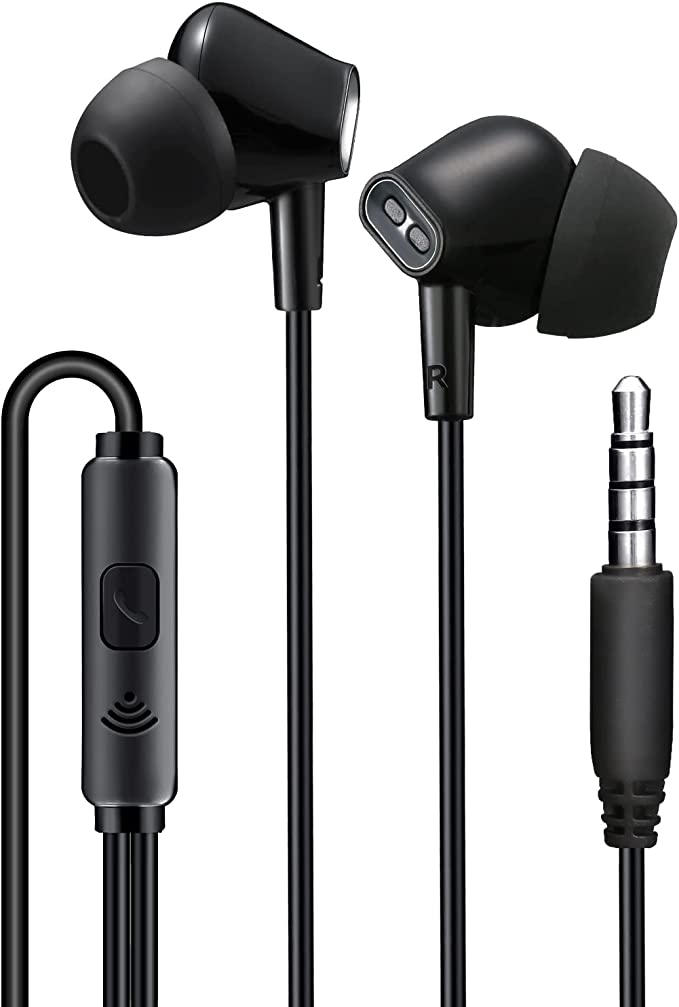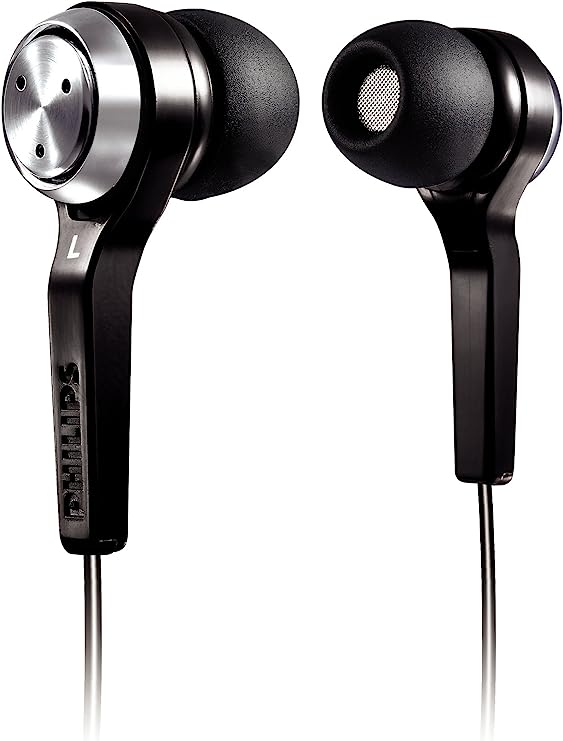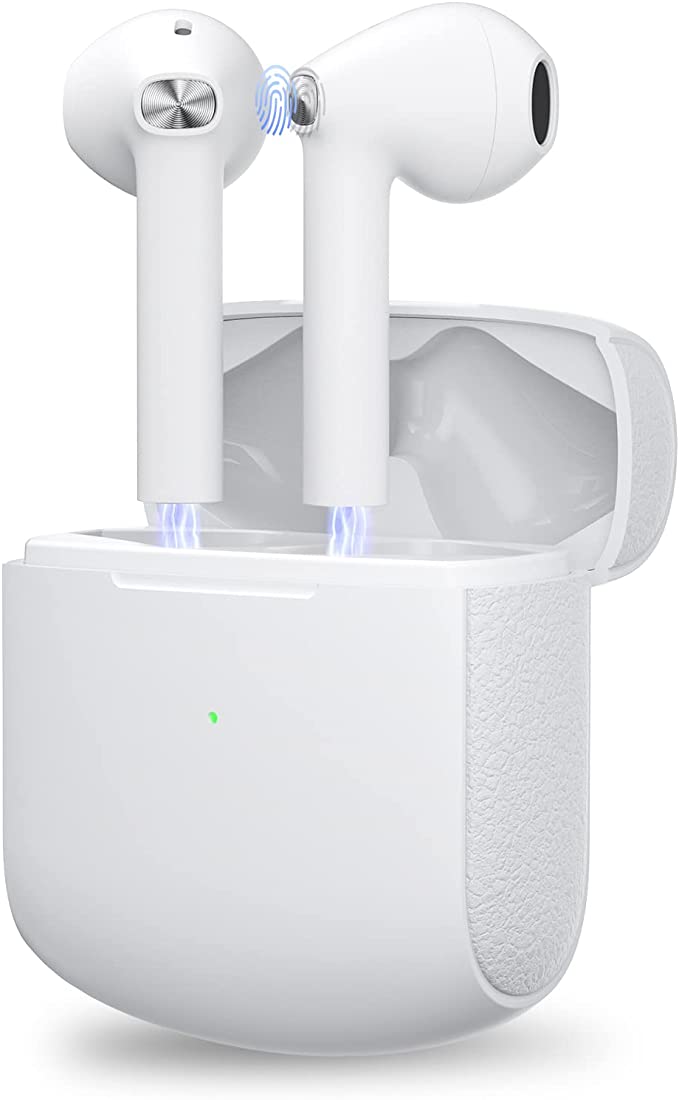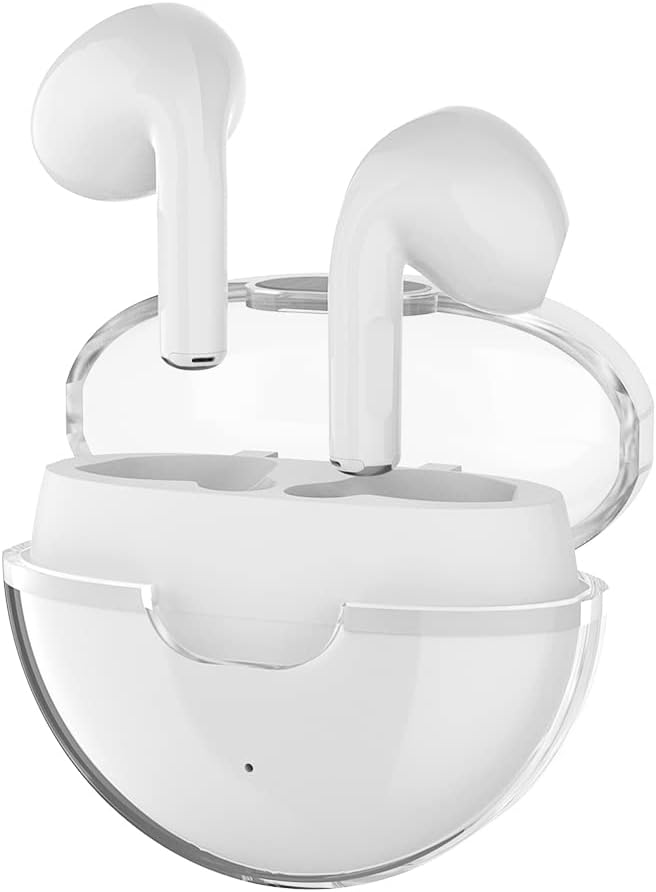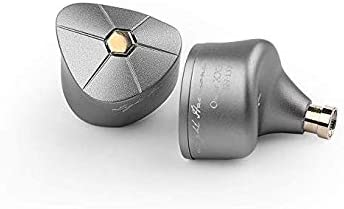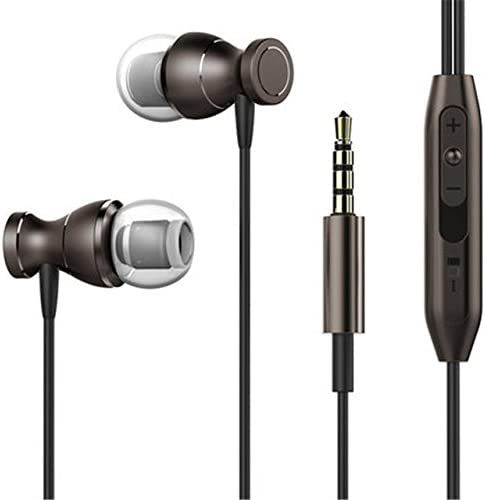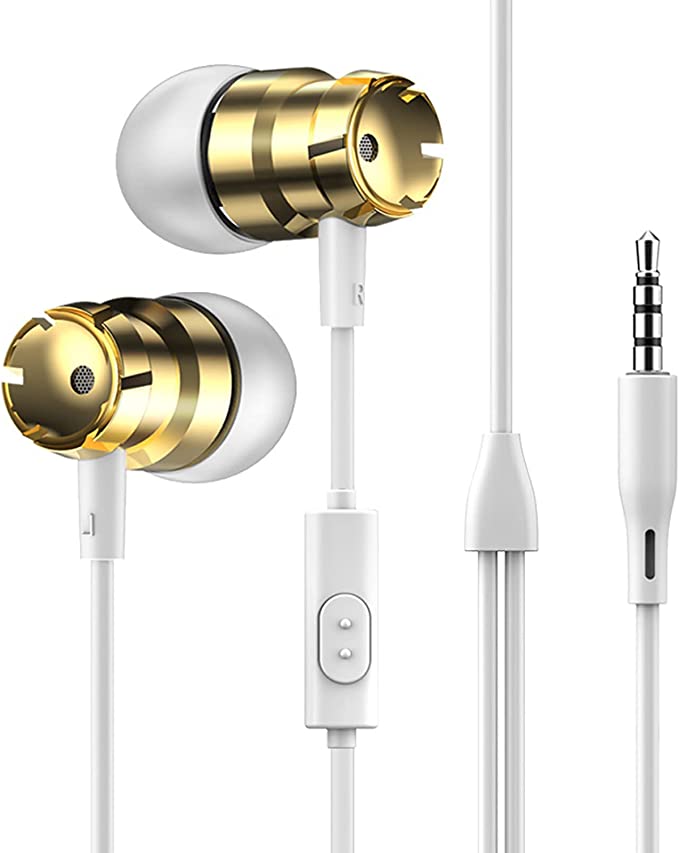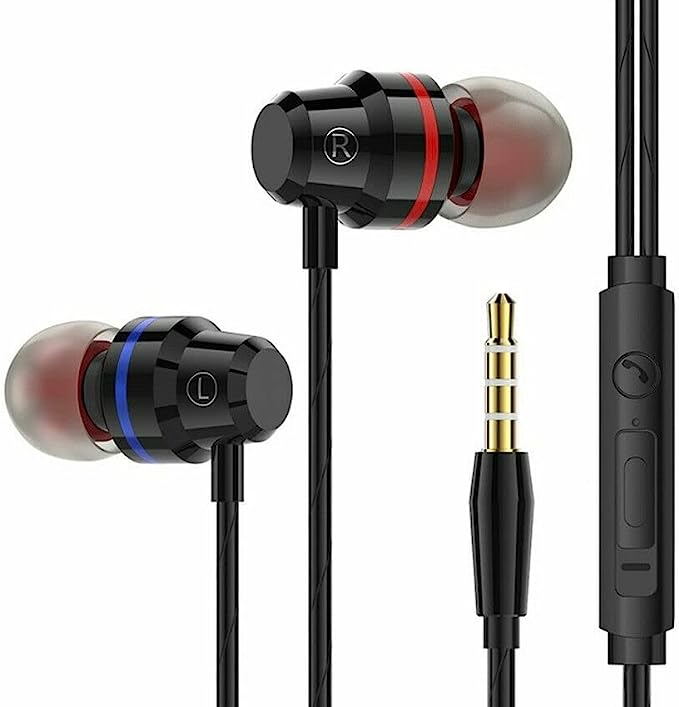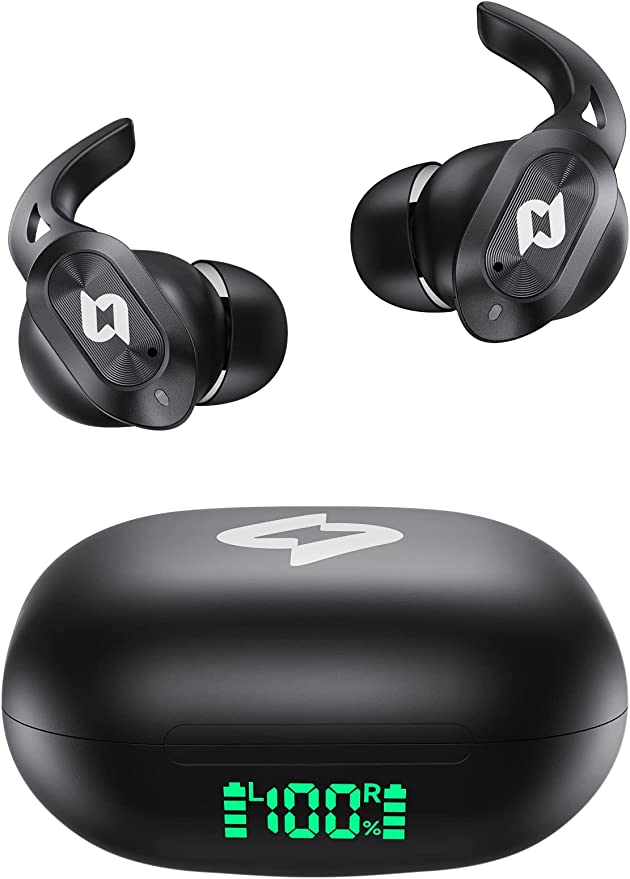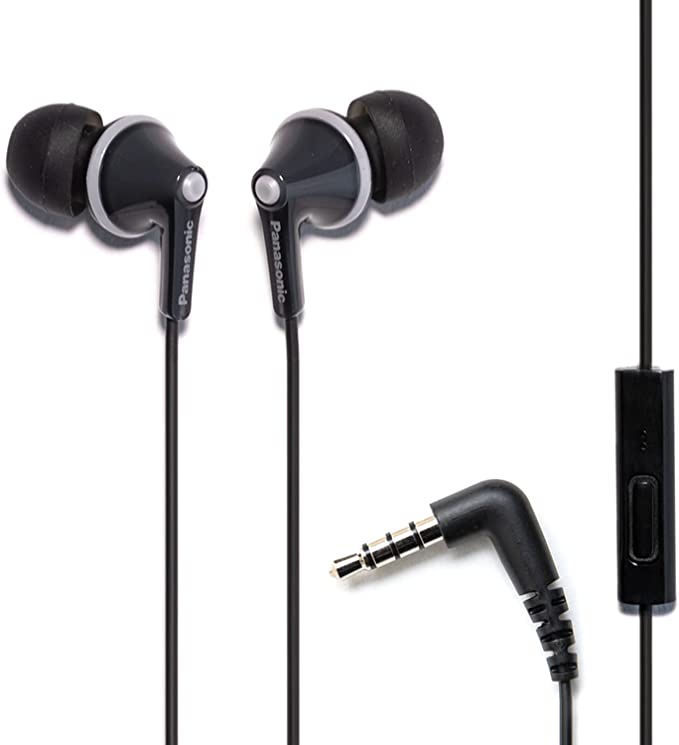Sony MDRAS410AP/W Sports In-Ear Wired Earbuds: The Science of Secure Fit and Clear Sound for Your Active Life
Update on April 26, 2025, 4:04 a.m.
Picture this: you’re hitting your stride on a morning run, the rhythm of your favorite song pushing you forward. Then, betrayal. That familiar, frustrating wiggle begins, and suddenly one earbud is dangling precariously, threatening to plummet to the pavement. Or perhaps you’re in the zone at the gym, only to have the outside world’s clatter and chatter invade your carefully curated sound bubble. For many active people, the quest for the perfect workout audio companion feels like a never-ending battle against gravity, motion, and subpar sound. It’s a common frustration that highlights a fundamental challenge: designing small objects to stay comfortably and reliably in place while delivering clear audio, all while the human body is in dynamic motion.
Today, let’s delve into the science and design thinking behind one specific attempt to solve this puzzle: the Sony MDRAS410AP/W Sports in-Ear Wired Earbuds. We won’t be reviewing it in the traditional sense. Instead, we’ll use it as a fascinating case study to explore the interplay of physics, acoustics, ergonomics, and material science that goes into creating headphones built for movement.
(A quick note on our exploration: Much of the specific information about the MDRAS410AP/W discussed here is based on publicly available details, like its Amazon product page description and aggregated user feedback themes. We’ll combine this with established scientific and engineering principles to understand the intent and potential effects of its design. Think of it as appreciating the blueprint, even without laboratory testing data.)
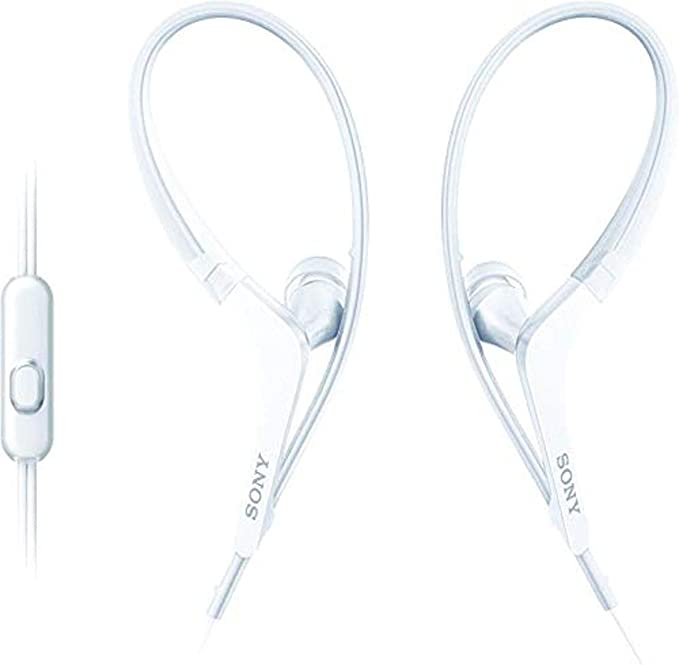
Defying Gravity and Motion: The Science of the Secure Fit
The arch-nemesis of any sports earbud is instability. Every stride sends impact shocks through your body, every head turn introduces complex forces, and gravity constantly pulls downwards. So, how does a designer try to keep these tiny audio devices anchored? The MDRAS410AP/W employs a prominent feature: an adjustable loop hanger that curves over the top of the ear.
But how does this little plastic hook actually work? It’s not just passive support; it’s basic physics and ergonomics in action. Think of your outer ear, the pinna, as a complex landscape. The loop hanger acts like a cantilever beam or, perhaps more evocatively, like a climber’s anchor. It leverages the structure of the ear itself. By hooking over the top, it distributes the earbud’s weight (minimal as it is) over a larger contact area compared to an earbud relying solely on friction inside the ear canal. More importantly, it creates a counter-force against downward pull and resists the rotational forces generated during movement. It’s essentially using leverage against the stable structure of your ear to prevent the main body of the earbud from easily dislodging.
The keyword here, however, is adjustable. Human ears are incredibly diverse in shape and size – there’s no one-size-fits-all solution in ergonomics. The ability to slightly modify the loop’s curve (the mechanism isn’t detailed, but adjustability is implied) allows users to customize the fit to their unique anatomy. This isn’t just about stability; it’s crucial for comfort, preventing excessive pressure points. Furthermore, achieving a stable fit is intrinsically linked to selecting the correct ear tip size. The provided product information mentions that multiple sizes are included. Finding the right tip does two things: it enhances the loop’s anchoring effect by creating a snug fit within the ear canal, and, as we’ll see, it plays a vital role in sound quality.
Imagine that runner again. With each footfall, the loop hanger helps dampen the upward jolt and downward pull on the earbud. During a gym workout involving dynamic movements, it resists sideways or rotational slippage. Is it foolproof? User feedback themes from the source material suggest that achieving this perfect, secure fit can take some initial effort and adjustment – a realistic reflection of the challenge in designing for such varied human anatomy. But the underlying principle is sound: use the ear’s own structure as a natural anchor point.
Crafting Your Personal Sound Bubble: Acoustics in Action
Beyond just staying put, workout headphones need to deliver motivating audio, often in less-than-ideal listening environments. Gyms can be noisy, streets have traffic – distractions abound. The MDRAS410AP/W utilizes an in-ear design, meaning the ear tip inserts directly into the ear canal.
This approach taps into fundamental acoustic principles. By creating a seal within the ear canal, similar to how an earplug works, it provides passive noise isolation. Let’s be clear: this isn’t the active noise cancellation (ANC) found in higher-end headphones, which uses electronics to counteract external sound waves. Passive isolation is purely physical – it blocks a certain amount of ambient sound from reaching your eardrum simply by forming a barrier. Think of it like cupping your hands over your ears, but more targeted. For someone exercising, this can mean less external distraction, allowing them to focus on their music or podcast without needing to crank the volume to potentially unsafe levels.
This seal has another significant acoustic effect: it influences bass perception. Sound waves, especially lower frequencies (bass), need a relatively enclosed space to build up pressure and be perceived effectively by the ear. By sealing the ear canal, in-ear headphones create a small, closed acoustic environment. This closer coupling between the sound source (the tiny speaker, or driver, inside the earbud) and the eardrum can often result in a fuller, more present bass response compared to headphones that sit outside the ear canal. While the specific type or quality of the driver in the MDRAS410AP/W isn’t specified in our source, the in-ear form factor itself inherently contributes to this potential acoustic advantage. User feedback awarding “Sound quality” a 4.6 out of 5 (based on the source data) suggests that users, at least within this product’s category and price point, perceive the audio output favorably.
And in today’s connected world, functionality extends beyond music. The inclusion of an integrated microphone adds another layer of practicality, allowing users to take calls without fumbling for their phone – a welcome convenience mid-workout or commute.
The Unsung Virtue of Lightness: Comfort Through Physics
We often focus on fit and sound, but the sheer weight of an earbud plays a surprisingly crucial role in long-term comfort, especially during activity. The MDRAS410AP/W is listed as weighing a mere 0.35 ounces (approximately 9.9 grams).
Why does this matter? It boils down to basic physics and how our bodies perceive pressure. Lower mass means less force exerted on the delicate tissues of the ear canal and the outer ear where the loop rests. This translates directly to reduced potential for pressure points and soreness during extended listening sessions. Furthermore, consider Newton’s laws of motion: lower mass means lower inertia. During dynamic movements – running, jumping, quick head turns – lighter earbuds are simply less prone to noticeable bouncing or shifting. They become less of a conscious presence, contributing to a more comfortable and less distracting experience. Think of the difference between running with an empty backpack versus a heavy one; the same principle applies, albeit on a much smaller scale, right inside your ear. It’s a subtle but significant aspect of ergonomic design for active wear.
Wired Wisdom: Why Cables Persist in a Wireless World
In an age seemingly dominated by Bluetooth and true wireless earbuds, the MDRAS410AP/W’s wired connection might seem like a throwback. But for sports and active use, particularly in a value-oriented segment, the humble cable offers distinct, pragmatic advantages rooted in fundamental principles.
The most obvious benefit is reliability. Wired earbuds draw power directly from the connected device (phone, music player). There are no batteries to charge, meaning no anxiety about them dying mid-marathon or halfway through a workout playlist. There are no Bluetooth pairing procedures to fuss with, no potential dropouts due to wireless interference – it’s a simple, direct connection. Just plug in and play. From an engineering perspective, a direct wired connection also offers a potentially simpler, less processed signal path, although the audible difference at this product level compared to modern Bluetooth codecs might be debatable for most listeners.
Beyond reliability, wired designs often allow for a lower cost point, making them accessible. For users who prioritize uninterrupted listening, absolute simplicity, and budget-friendliness over the freedom of wireless, the wired connection remains a compelling and entirely logical design choice. The inclusion of a cable clip, mentioned in user reviews within the source material, also acknowledges the need for wire management during activity – a practical concession to the wired format.
Design as Dialogue: Science Answering the Call of Activity
So, what story does the Sony MDRAS410AP/W tell us? It speaks the language of practical problem-solving through design, informed by basic science. The adjustable loops are an ergonomic answer to the physics of motion, aiming for stability. The in-ear form leverages acoustics for sound isolation and potentially enhanced bass. The featherlight construction uses the principle of low mass for comfort. And the wired connection prioritizes reliability and simplicity.
It’s not about claiming perfection. As user feedback hints, achieving the ideal fit with the loops might take effort, and sound perception is always subjective. Rather, the MDRAS410AP/W exemplifies design as a series of deliberate trade-offs. It represents a specific set of choices made to meet the core demands of a particular user – someone active, likely needing reliability and stability, perhaps mindful of budget, and seeking a focused audio experience during their endeavors.
Understanding the ‘why’ behind these features – the physics keeping them in place, the acoustics shaping the sound, the ergonomics influencing comfort – does more than just help us appreciate a single product. It empowers us. It allows us to look at any tool we use, whether it’s headphones for our run, a chair for our desk, or software for our work, and ask smarter questions. How does its design work with the laws of nature and the needs of its user? By understanding these principles, we become more informed consumers and users, better equipped to choose the tools that truly enhance our activities and our lives.
